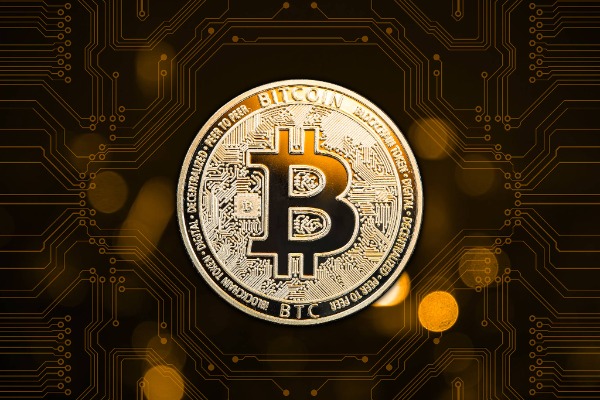Decentralized Ledger (Bitcoin)

Bitcoin users run Bitcoin client software on their computers, and such computers are called nodes. A large number of node computers are connected to each other, forming a P2P (peer-to-peer) network like a spider web.
When Zhang San wants to transfer 1 Bitcoin to Li Si's account B through account A,
Zhang San broadcasts the transfer transaction requirements to the surrounding nodes: account A transfers 1 Bitcoin to account B, and signs with the private key of account A. (The private key of account A can be simply understood as the password of account A. As long as you know the private key of account A, you can use the Bitcoin on account A)
The nodes around Zhang San check the authenticity of the transaction signature through the public key of account A, and check whether Zhang San's account A has enough balance.
After the check is passed, the node writes in its own account book: account A transfers 1 Bitcoin to account B, and modifies the balance: account A balance = 3 Bitcoin-1 Bitcoin = 2 Bitcoin, account B balance = 2 Bitcoin + 1 Bitcoin = 3 Bitcoin.
The node broadcasts this transaction to the surrounding nodes, and spreads it to ten, ten, and a hundred until all nodes receive the transaction. Bitcoin’s decentralized public ledger is called the blockchain. This is a very simplified description of how Bitcoin works, but of course, the actual operation of Bitcoin is much more complicated than this, and we will explain it in more detail later.













